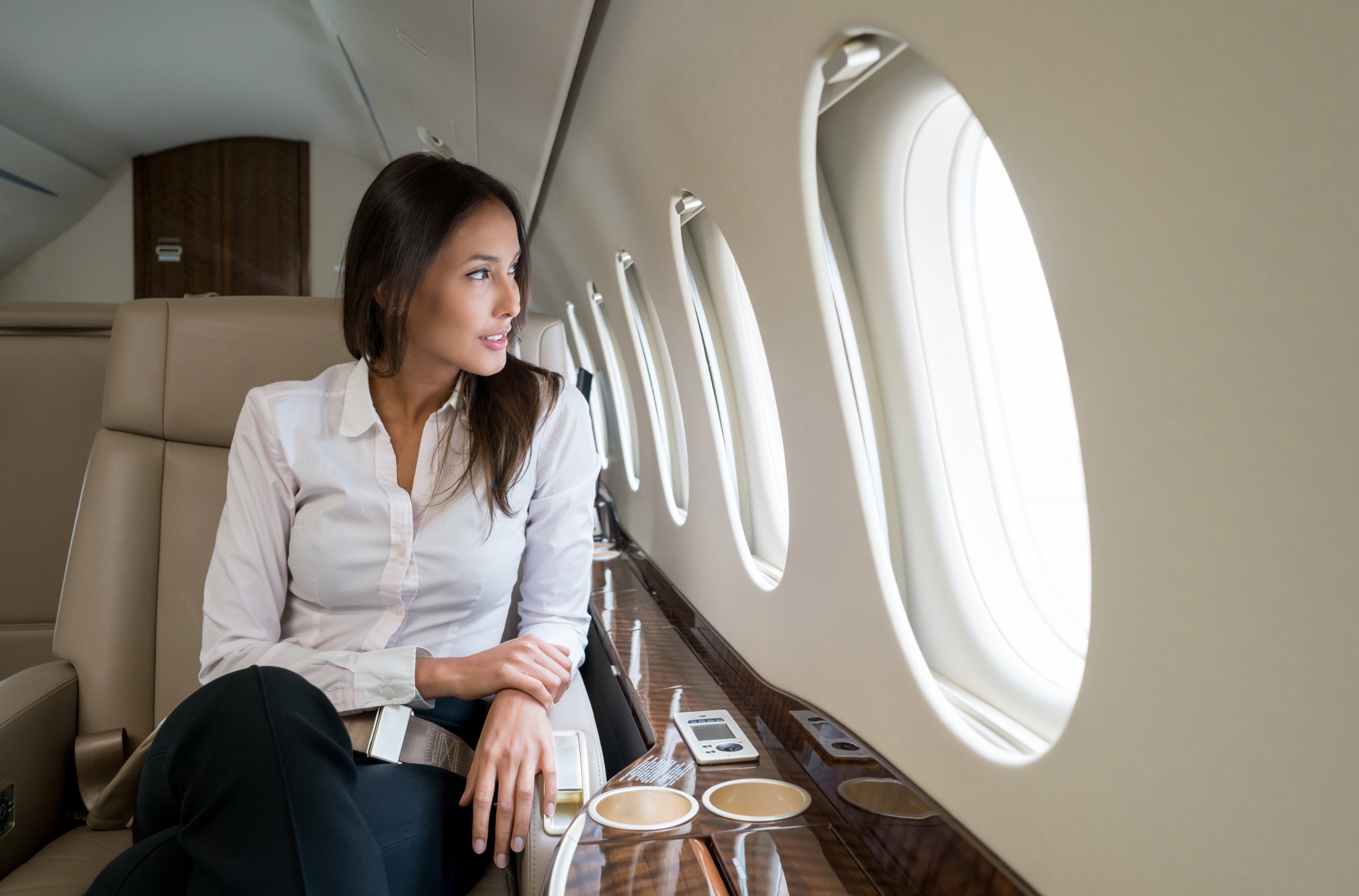Throughout 2014, Alaska Air Group, (ALK 2.72%) has had to manage the impact of rising competition in its home market of Seattle. Last fall, Delta Air Lines (DAL 1.77%) began to announce a series of new domestic flights in Seattle. It has quickly moved from being Alaska Air's top partner to being its top rival.

Delta has been challenging Alaska Air's dominance in Seattle (Photo: The Motley Fool)
Alaska Air has consistently chosen to confront this threat head-on. On Monday, Alaska Air furthered this commitment by ordering 10 more Boeing 737-900ER aircraft. This new aircraft order will allow Alaska to counter the threat from Delta by growing while also reducing its unit costs.
Solidifying its dominance
As Delta has started to grow in Seattle, Alaska has made a strategic choice to ramp up its own growth in order to ensure that it continues to offer by far the best domestic network in Seattle. By doing so, it hopes to remain the preferred carrier for Seattle-based business travelers.
In May, Alaska announced a commitment to add 27 new daily departures from Seattle by the spring of 2015. Alaska has already added nonstops to five new cities from Seattle: New Orleans, Tampa, Baltimore, Detroit, and Albuquerque; and it will begin nonstop flights to Cancun next month. The rest of the increase will consist of extra frequencies on key routes to cities including Boston, Chicago, Denver, Los Angeles, and Portland.
In addition to growing in Seattle to counter the threat from Delta, Alaska is also hedging its bets by expanding in other cities where it is the top carrier. For example, in Portland, it is adding two new nonstop destinations in Mexico for the winter season.
Growing the aircraft fleet while boosting efficiency
In order to support these plans for new service -- as well as future growth opportunities -- Alaska Air needs to grow its aircraft fleet. The order it announced on Monday will allow it to increase its fleet of Boeing 737s from 131 at the end of 2013 and 137 at the end of 2014 to at least 147 by the end of 2017.

Alaska Airlines is adding new, fuel-efficient planes to its fleet (Photo: The Motley Fool)
At the same time, this additional order for Boeing 737-900ERs will enable Alaska to quickly finish retiring its older Boeing 737-400s. Alaska's 737-900ERs are equipped with 181 seats, whereas the 737-400s only have 144 seats. However, the company has told investors that the total trip cost for a 737-900ER is actually 2% lower than for a 737-400.
In other words, swapping out a 737-400 in favor of a 737-900ER essentially allows Alaska Air to boost its seating capacity by more than 25% at no additional cost. Naturally, this represents a nice margin tailwind.
It will also make Alaska a more formidable competitor in Seattle going forward. By the end of 2017, virtually the entire Alaska Air fleet will consist of state-of-the-art Boeing 737-800s and Boeing 737-900ERs. These are some of the most cost-efficient planes available today.
Looking further out, Alaska has orders for 37 Boeing 737 MAX aircraft -- planes that will offer a 13% improvement in fuel efficiency over the 737-800 and 737-900ER models. Thus, Alaska will have the ability to be more aggressive on pricing -- if necessary -- without endangering its double-digit pre-tax margin.
Alaska Air is making the right moves
One of Alaska Air's biggest strengths today is its balance sheet, which is superior to that of any other major U.S. airline. The company is using this financial muscle to upgrade and grow its fleet at an accelerated pace, thereby reducing its unit costs.
Ultimately, Delta's strategic ambitions in Seattle will determine the pace of its own growth there. All that Alaska can do in response is reduce its cost structure as much as possible while growing its route network in Seattle to keep corporate customers happy. Alaska's new order with Boeing kills two birds with one stone.





